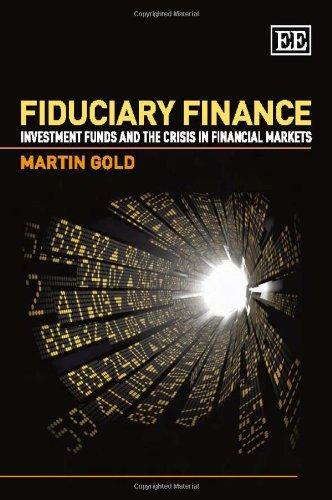

The Paulson Company's year-end balance sheet is shown below. Its cost of common equity is 17%, its before-tax cost of debt is 9%, and its marginal tax rate is 40%. Assume that the firm's long-term debt sells at par value. The firm's total debt, which is the sum of the company's short-term debt and long-term debt, equals $1,102. The firm has 576 shares of common stock outstanding that sell for $4.00 per share. The data has been collected in the Microsoft Excel Online file below. Open the spreadsheet and perform the required analysis to answer the question below X Open spreadsheet Calculate Paulson's WACC using market-value weights. Round your answer to two decimal places. Do not round your intermediate calculations. Liabilities And Equity Assets Accounts payable and $120 10 Cash accruals Short-term debt Accounts receivable 240 42 Long-term debt $1,060 Inventories 360 Plant and equipment, net Common equity 2,160 1,768 Total liabilities and $2,880 $2,880 Total assets equity Arial Ce wrap lext LE Copy Paste IU D ab Merge & Center Format Painter Undo Clipboard Font Alignment Number fr 19 C E G WACC 2 Cost of common equity (re) 3 17.00% Before-tax cost of debt (ra) 9.00% 5 Marginal tax rate (T) 40.00% 6 Common shares outstanding 576 Current stock price $4.00 7 8 Long-term debt sells at par value Yes 10 Balance Sheet: 11 Liabilities and Equity Accounts payable and accruals Short-term debt Long-term debt Common equity Total liabilities and equity Assets $120.00 $240.00 $360.00 $10.00 $42.00 $1,060.00 $1,768.00 $2,880.00 12 Cash 13 Account receivable 14 Inventories 15 Plant and equipment, net Total assets $2,160.00 $2,880.00 16 17 18 Formulas 19 Market value of total debt 20 Market value of common equity Total capital #N/A #N/A 21 #N/A 22 23 #N/A Percentage of debt 24 Percentage of common equity 25 #N/A 26 After-tax cost of debt #N/A 27 28 Weighted Average Cost of Capital (WACC) 29 #N/A 30 The Paulson Company's year-end balance sheet is shown below. Its cost of common equity is 17%, its before-tax cost of debt is 9%, and its marginal tax rate is 40%. Assume that the firm's long-term debt sells at par value. The firm's total debt, which is the sum of the company's short-term debt and long-term debt, equals $1,102. The firm has 576 shares of common stock outstanding that sell for $4.00 per share. The data has been collected in the Microsoft Excel Online file below. Open the spreadsheet and perform the required analysis to answer the question below X Open spreadsheet Calculate Paulson's WACC using market-value weights. Round your answer to two decimal places. Do not round your intermediate calculations. Liabilities And Equity Assets Accounts payable and $120 10 Cash accruals Short-term debt Accounts receivable 240 42 Long-term debt $1,060 Inventories 360 Plant and equipment, net Common equity 2,160 1,768 Total liabilities and $2,880 $2,880 Total assets equity Arial Ce wrap lext LE Copy Paste IU D ab Merge & Center Format Painter Undo Clipboard Font Alignment Number fr 19 C E G WACC 2 Cost of common equity (re) 3 17.00% Before-tax cost of debt (ra) 9.00% 5 Marginal tax rate (T) 40.00% 6 Common shares outstanding 576 Current stock price $4.00 7 8 Long-term debt sells at par value Yes 10 Balance Sheet: 11 Liabilities and Equity Accounts payable and accruals Short-term debt Long-term debt Common equity Total liabilities and equity Assets $120.00 $240.00 $360.00 $10.00 $42.00 $1,060.00 $1,768.00 $2,880.00 12 Cash 13 Account receivable 14 Inventories 15 Plant and equipment, net Total assets $2,160.00 $2,880.00 16 17 18 Formulas 19 Market value of total debt 20 Market value of common equity Total capital #N/A #N/A 21 #N/A 22 23 #N/A Percentage of debt 24 Percentage of common equity 25 #N/A 26 After-tax cost of debt #N/A 27 28 Weighted Average Cost of Capital (WACC) 29 #N/A 30








